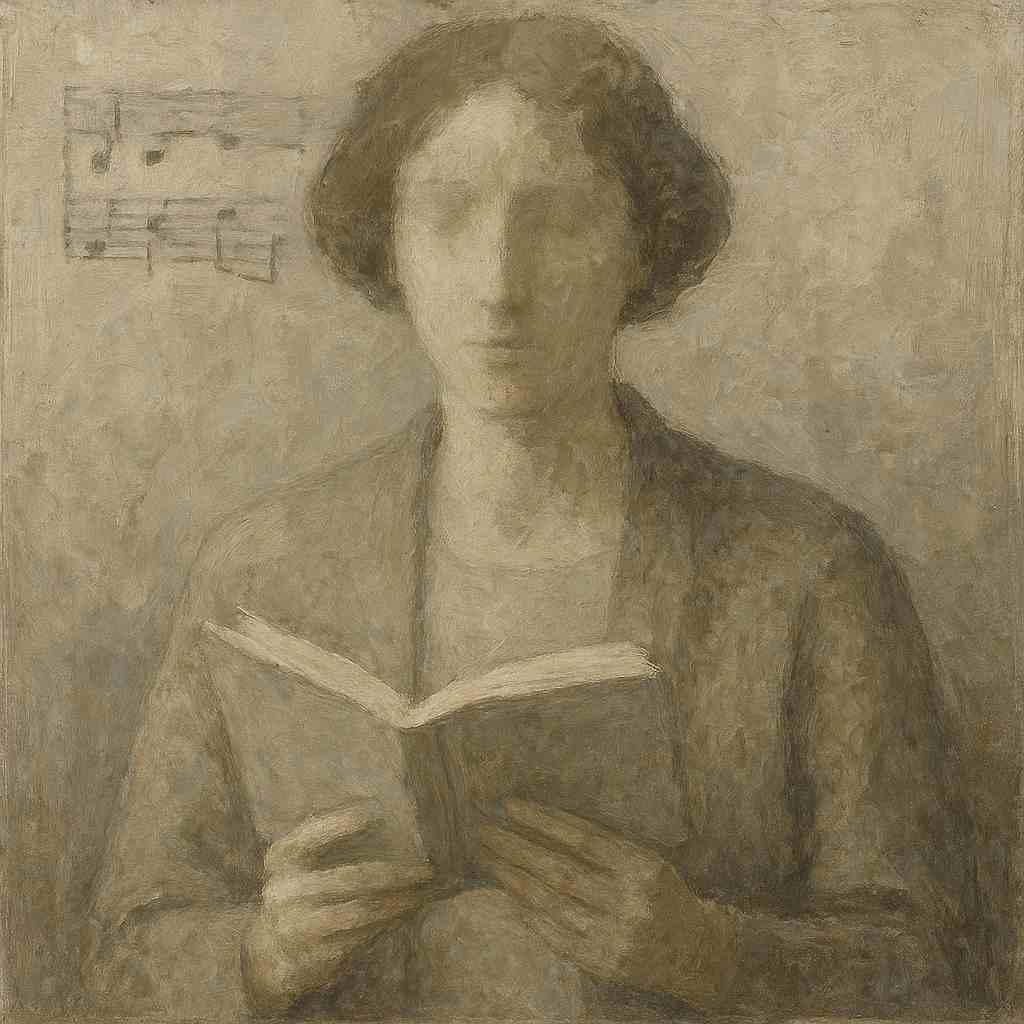1 Poems by Max Ehrmann
1872 - 1945
Max Ehrmann Biography
Max Ehrmann, born on September 26, 1872, in Terre Haute, Indiana, was an American writer, poet, and attorney whose work has left an indelible mark on popular culture, despite remaining relatively unknown during his lifetime. Ehrmann's most famous piece, the prose poem "Desiderata," has become a cultural touchstone, offering wisdom and solace to generations of readers since its posthumous rise to fame in the 1960s.
Ehrmann was born into a family of German immigrants who had settled in Terre Haute. His father, Maximilian Ehrmann, was a tobacco factory owner, and his mother, Margaret Barbara Lutz, instilled in him a love for literature and philosophy from an early age. This early exposure to both the practical world of business and the intellectual realm of ideas would shape Ehrmann's worldview and inform his later writings.
Ehrmann's formal education was impressive for his time. He attended DePauw University in Greencastle, Indiana, where he was a member of the Delta Tau Delta fraternity and graduated in 1894. Following his undergraduate studies, Ehrmann pursued graduate work in philosophy at Harvard University. This academic background in philosophy would profoundly influence his writing style, imbuing his work with a contemplative, introspective quality that sought to distill complex ideas into accessible prose.
After completing his studies, Ehrmann returned to Terre Haute and embarked on a career in law. He was admitted to the Indiana bar in 1896 and practiced law for several years. However, his true passion lay in writing, and he eventually left his legal career to pursue his literary ambitions full-time. This decision to forsake a stable profession for the uncertain life of a writer demonstrates Ehrmann's commitment to his art and his willingness to take risks in pursuit of his true calling.
Ehrmann's literary output was diverse and prolific. He wrote poems, essays, and philosophical treatises, often exploring themes of spirituality, ethics, and the human condition. His work was characterized by a search for meaning in the modern world, a quest to reconcile traditional values with the rapid changes of the early 20th century. This tension between tradition and modernity is evident in much of his writing, including "Desiderata."
"Desiderata," Latin for "things desired," was written by Ehrmann in 1927 and privately published in that same year. The poem, which begins with the famous lines "Go placidly amid the noise and haste, and remember what peace there may be in silence," offers a series of guidelines for living a fulfilling and ethical life. It touches on themes of self-respect, kindness, honesty, and the importance of maintaining one's individuality in a chaotic world. The poem's gentle, measured tone and its blend of practical advice and spiritual insight have contributed to its enduring appeal.
Interestingly, "Desiderata" did not achieve widespread recognition during Ehrmann's lifetime. It was only in the 1960s, long after Ehrmann's death in 1945, that the poem gained popularity. A Baltimore pastor used the poem in a collection of devotional materials, mistakenly attributing it to "Old Saint Paul's Church, 1692." This erroneous attribution led to the poem's rapid spread, often being reprinted without Ehrmann's name attached. The poem's message of peace and introspection resonated strongly with the countercultural movement of the 1960s, and it became a popular poster item and was even recorded as a spoken-word piece set to music.
The misattribution and subsequent popularity of "Desiderata" raise interesting questions about authorship, copyright, and the nature of literary fame. Ehrmann's widow, Bertha, fought to reclaim her late husband's copyright, eventually succeeding in 1975. This battle highlights the complexities of intellectual property rights and the challenges faced by writers and their estates in protecting literary legacies.
Beyond "Desiderata," Ehrmann's body of work includes several books of poetry and prose. "The Wife of Marobius," published in 1892, was his first known work. Other notable publications include "A Fearsome Riddle" (1891), "Breaking Home Ties" (1904), and "The Poems of Max Ehrmann" (1906). These works, while less famous than "Desiderata," showcase Ehrmann's range as a writer and his ongoing exploration of philosophical and spiritual themes.
Ehrmann's writing style is characterized by its clarity, simplicity, and depth of thought. He had a talent for distilling complex philosophical concepts into accessible language, making his work appealing to a wide audience. His prose often has a meditative quality, inviting readers to pause and reflect on their lives and the world around them.
In addition to his literary pursuits, Ehrmann was deeply engaged with his community in Terre Haute. He served as deputy state's attorney for two years and was active in local cultural and civic organizations. This connection to his hometown grounded his work in the realities of everyday life, even as he explored lofty philosophical concepts.
Max Ehrmann died on September 9, 1945, just short of his 73rd birthday. At the time of his death, he was not widely known outside of his local community. The subsequent popularity of "Desiderata" and the renewed interest in his work have led to a reassessment of his place in American literature.
Today, Ehrmann is recognized as a significant figure in early 20th-century American letters, bridging the gap between 19th-century Transcendentalism and the more cynical modernist movement that followed. His work continues to be studied for its philosophical depth, its accessible style, and its enduring relevance to contemporary readers seeking guidance and solace in an often chaotic world.
The story of Max Ehrmann and "Desiderata" serves as a reminder of the unpredictable nature of literary fame and the power of words to transcend their original context. Ehrmann's legacy, epitomized by but not limited to his most famous work, is that of a writer who sought to provide comfort and wisdom to his readers, encouraging them to live authentically and ethically in a complex world. His life and work continue to inspire those who seek a thoughtful, compassionate approach to navigating the challenges of modern existence.
This text was generated by AI and is for reference only. Learn more
Username Information
No username is open
Unique usernames are free to use, but donations are always appreciated.
Quick Links
© 2024-2025 R.I.Chalmers (V2Melody).

All music on this site by R.I.Chalmers (V2Melody) is licensed under a Creative Commons Attribution-NonCommercial 4.0 International License.
Attribution Requirement:
When using this music, you must give appropriate credit by including the following statement (or equivalent) wherever the music is used or credited:
“Music by R.I.Chalmers (V2Melody) – https://v2melody.com”
Support My Work:
If you enjoy this music and would like to support future creations, donations are always welcome but never required.
Donate


